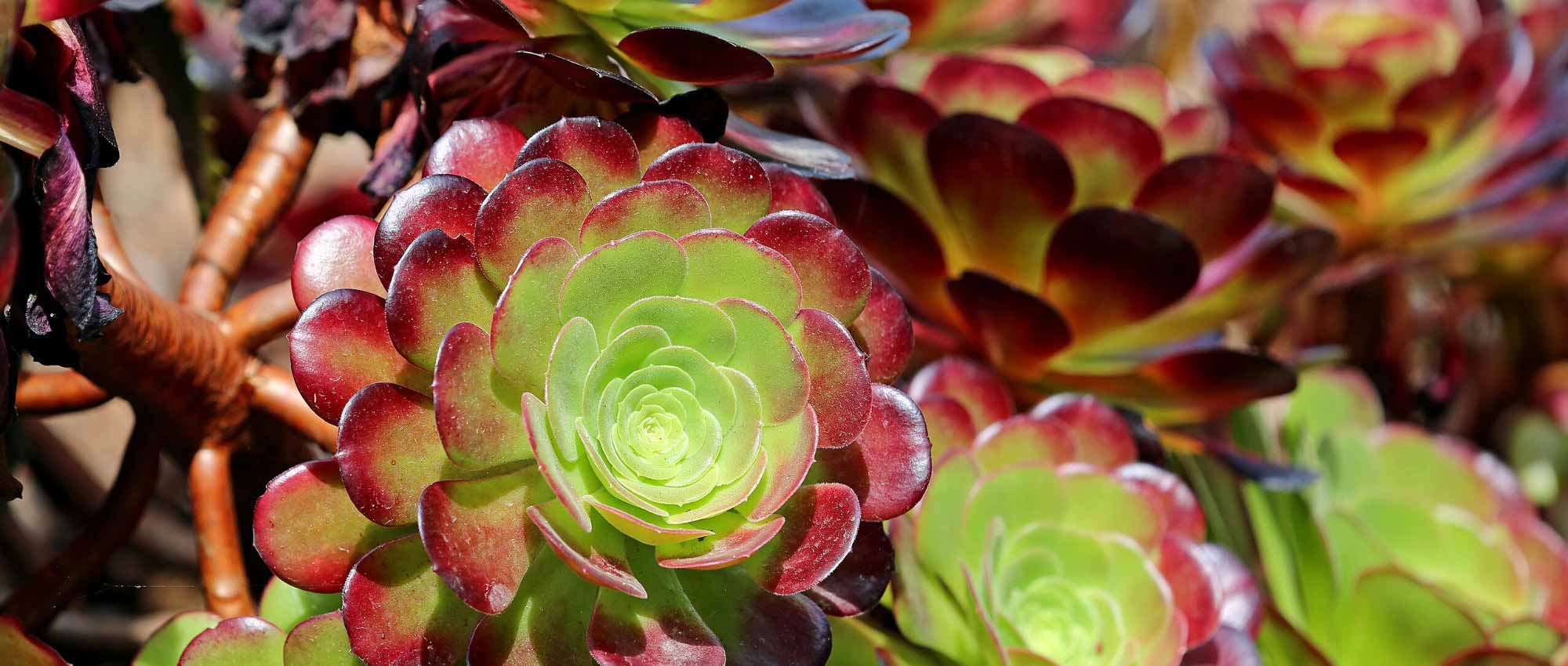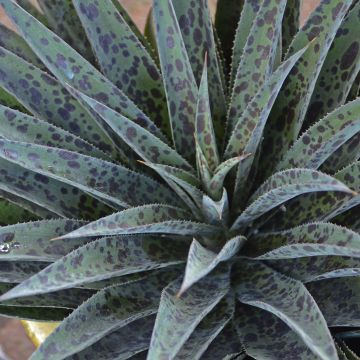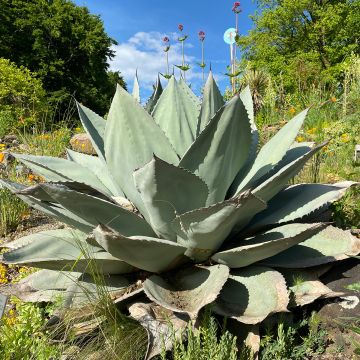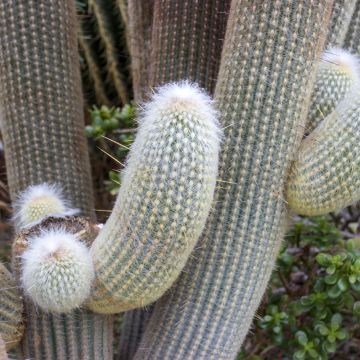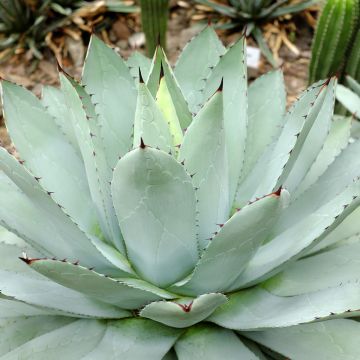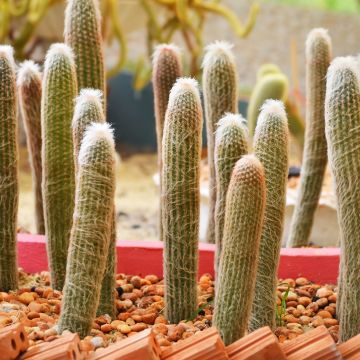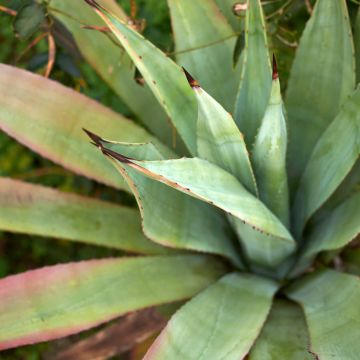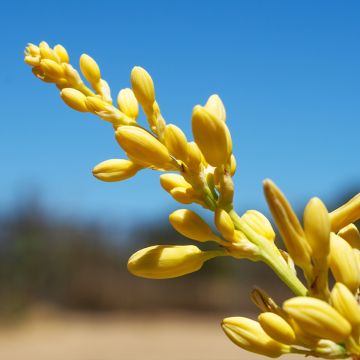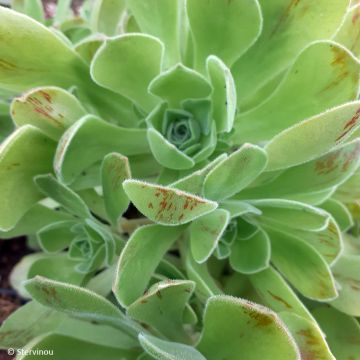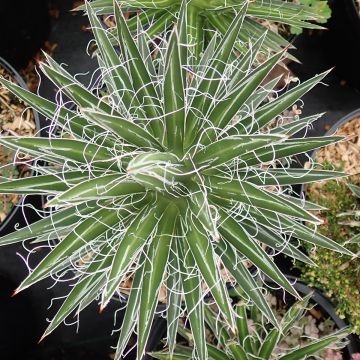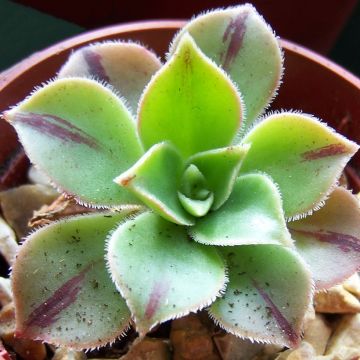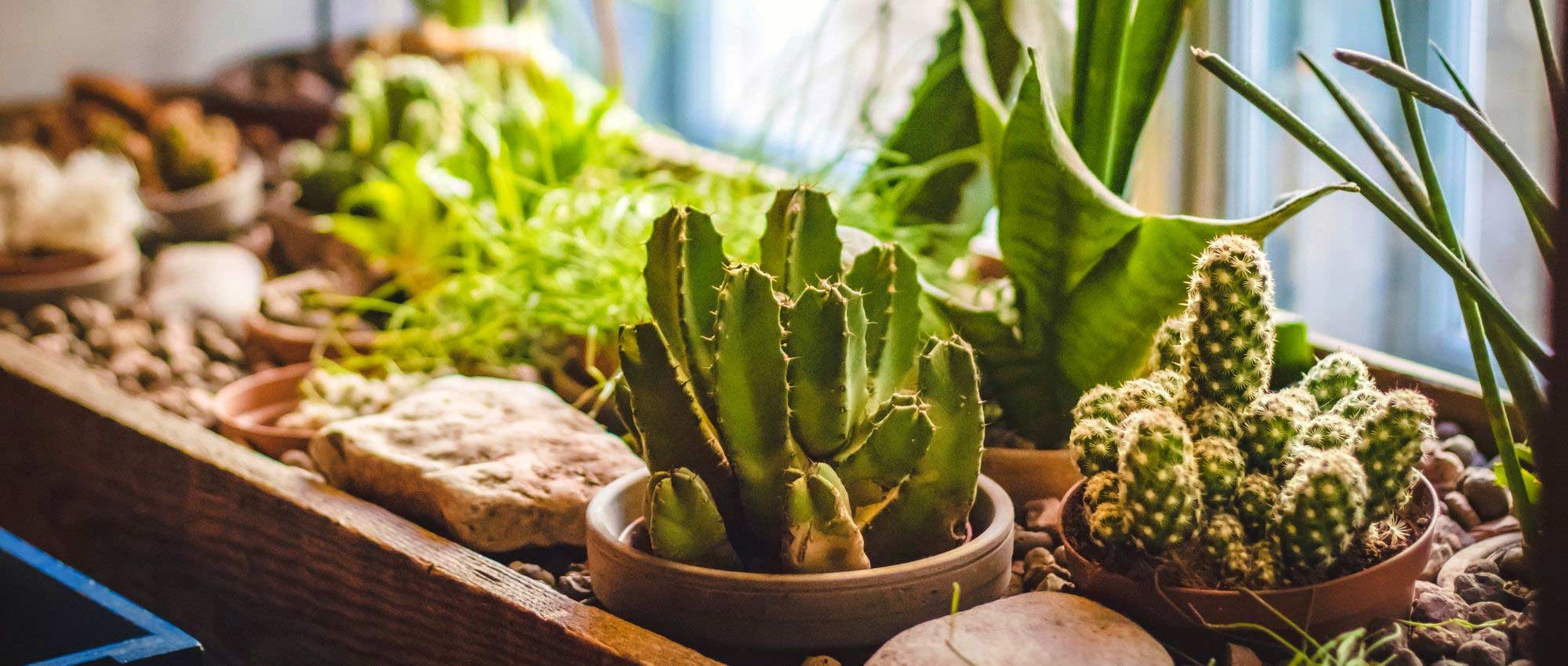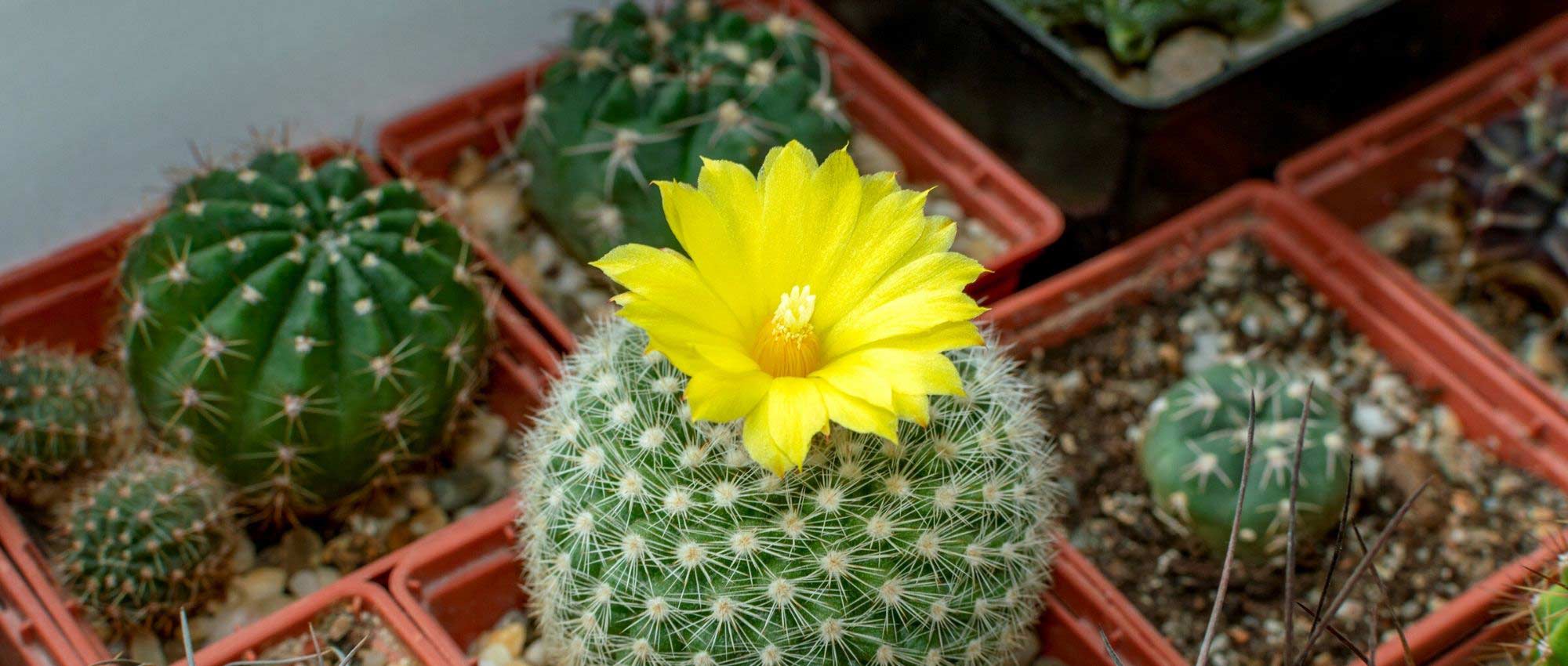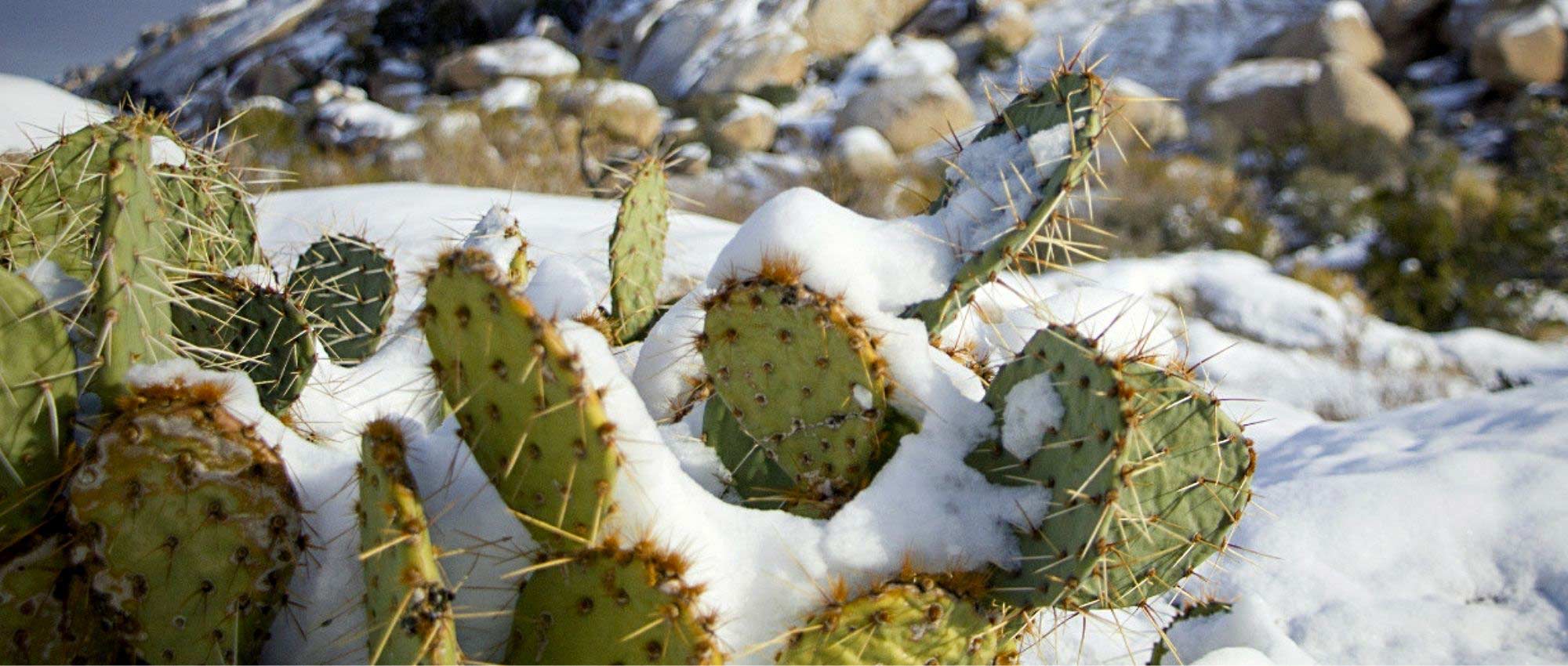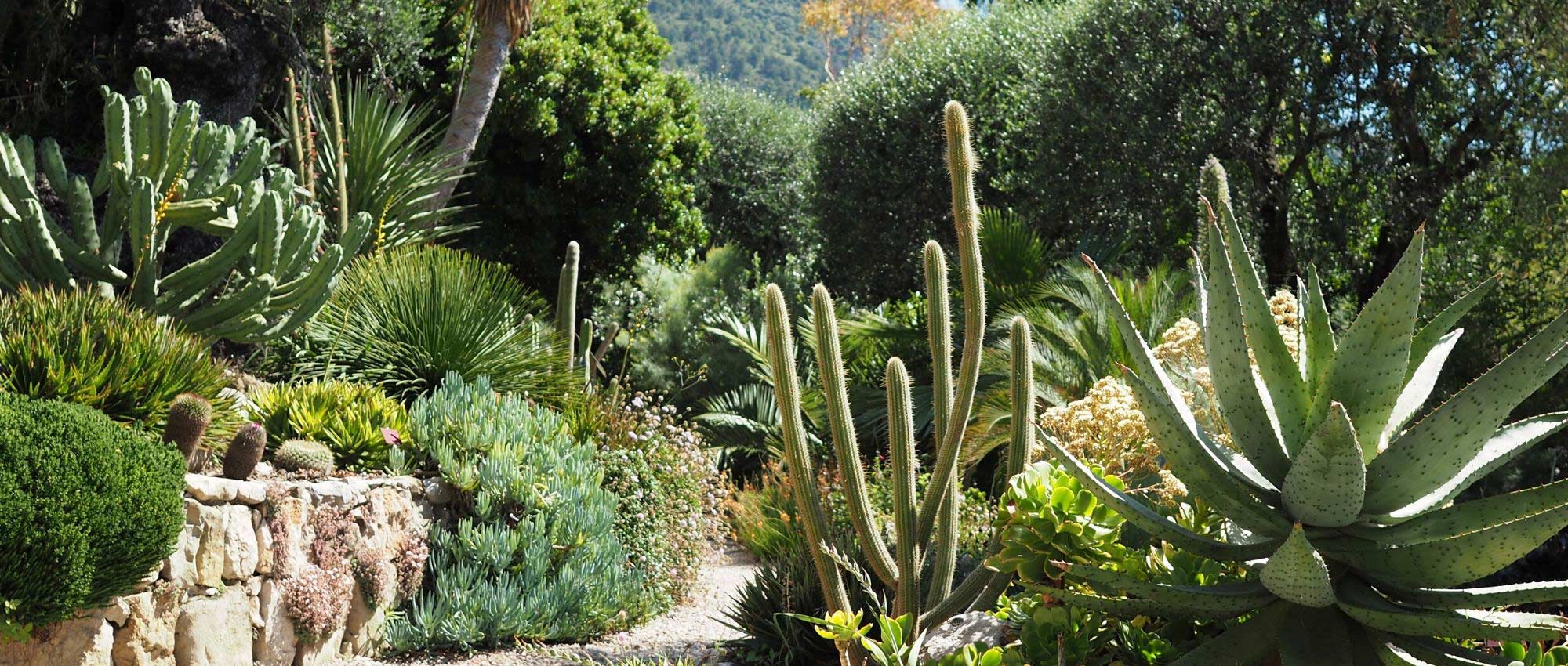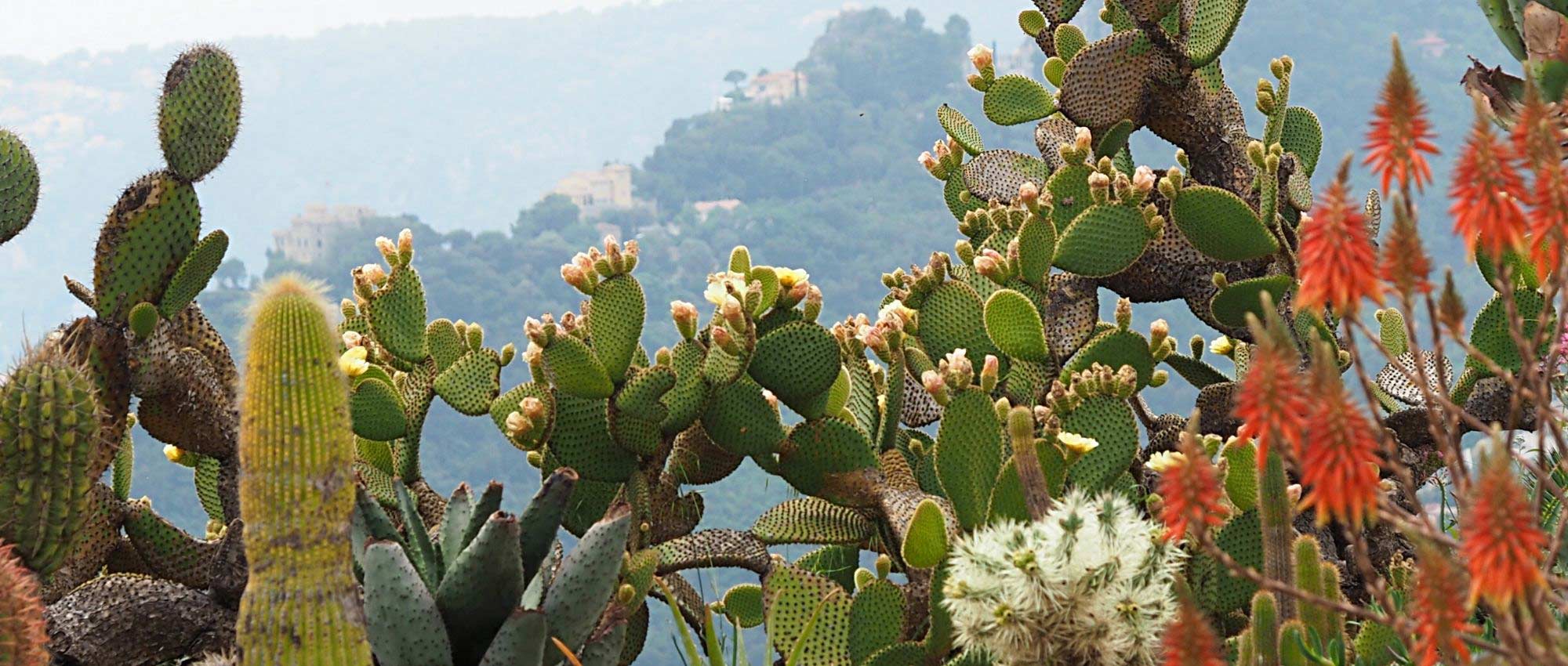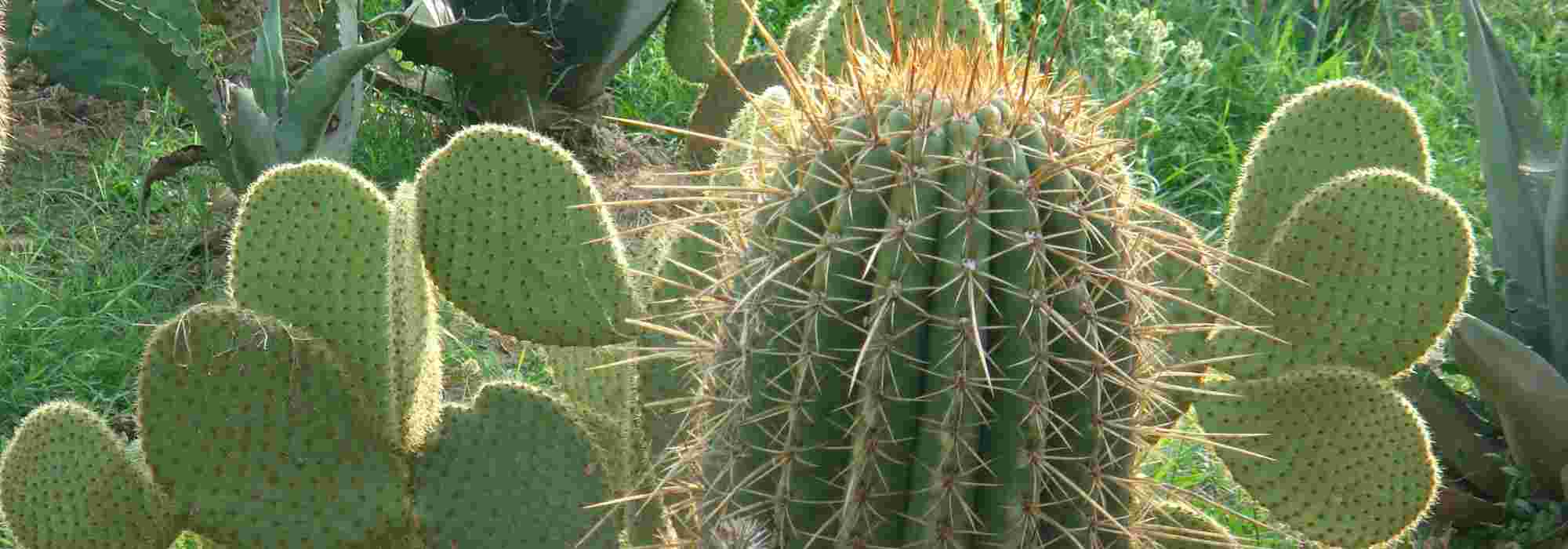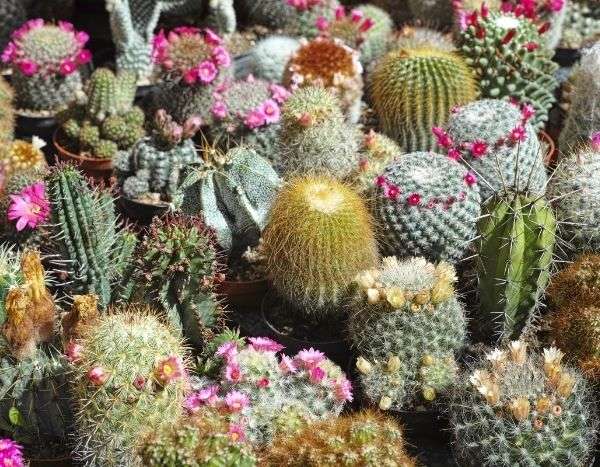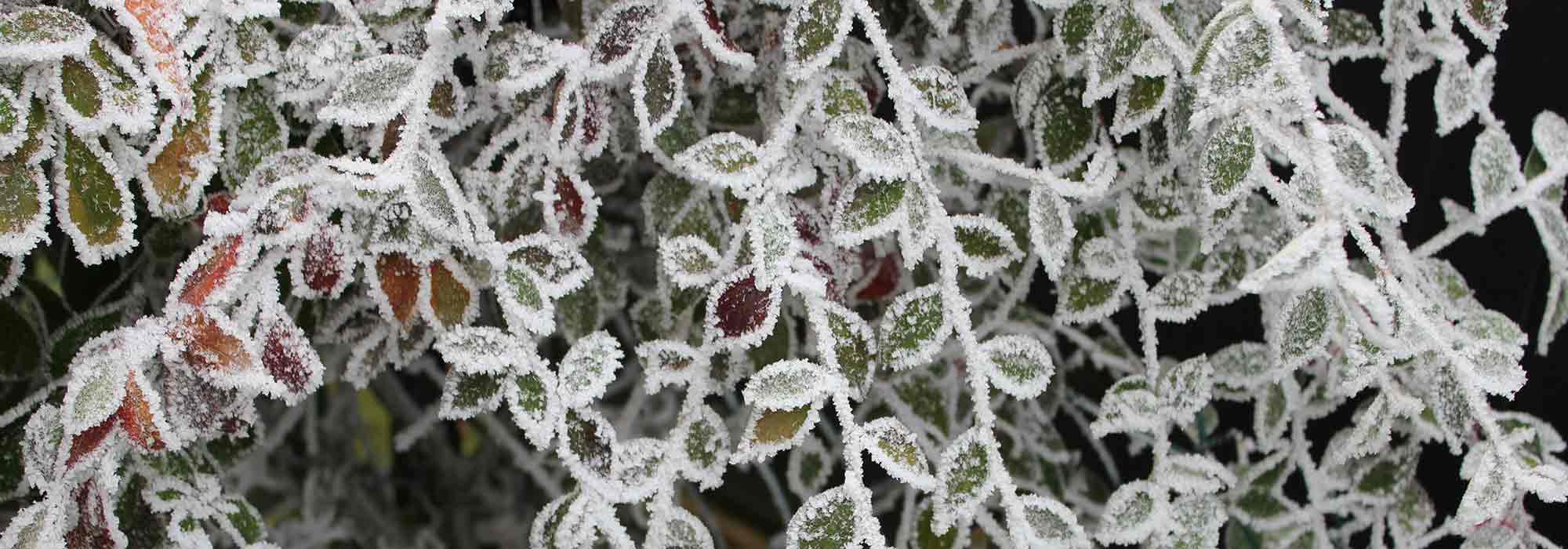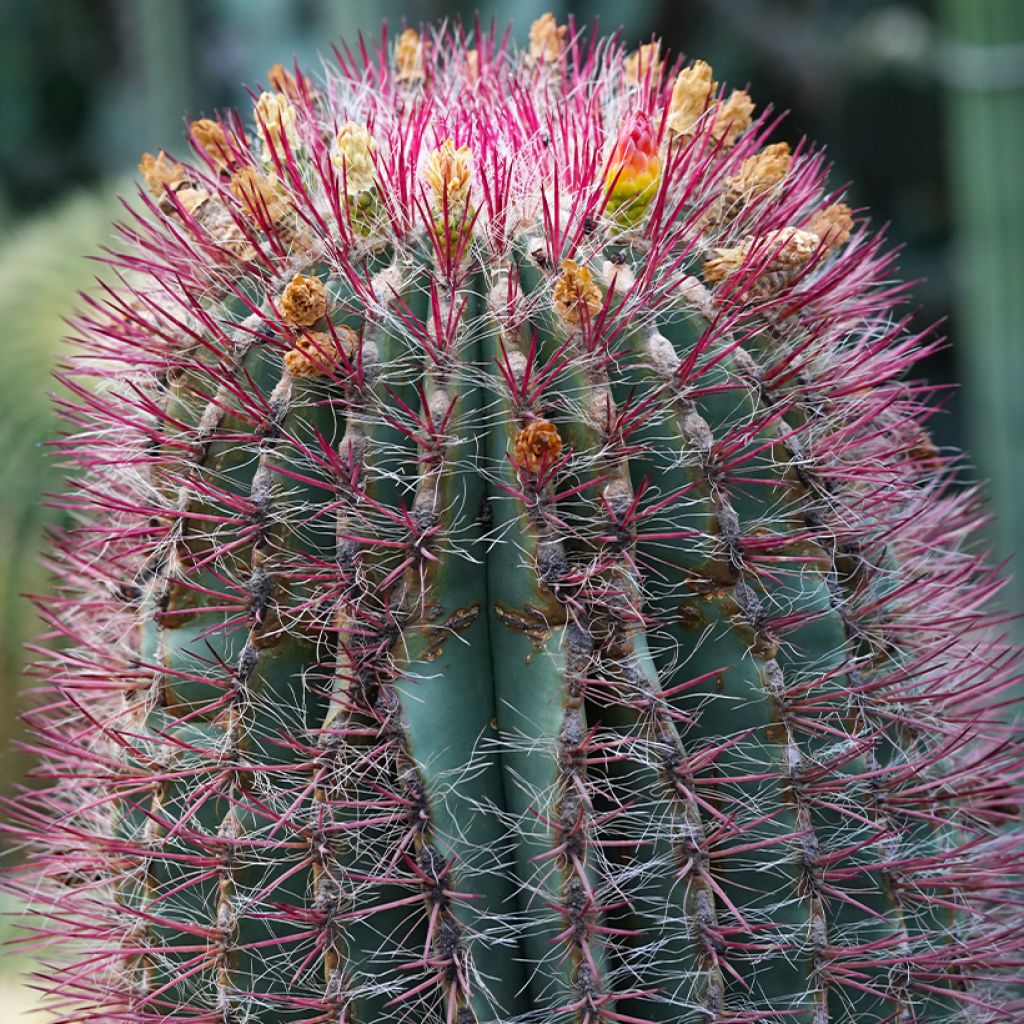

Ferocactus stainesii var. pilosus - Mexican fire barrel cactus
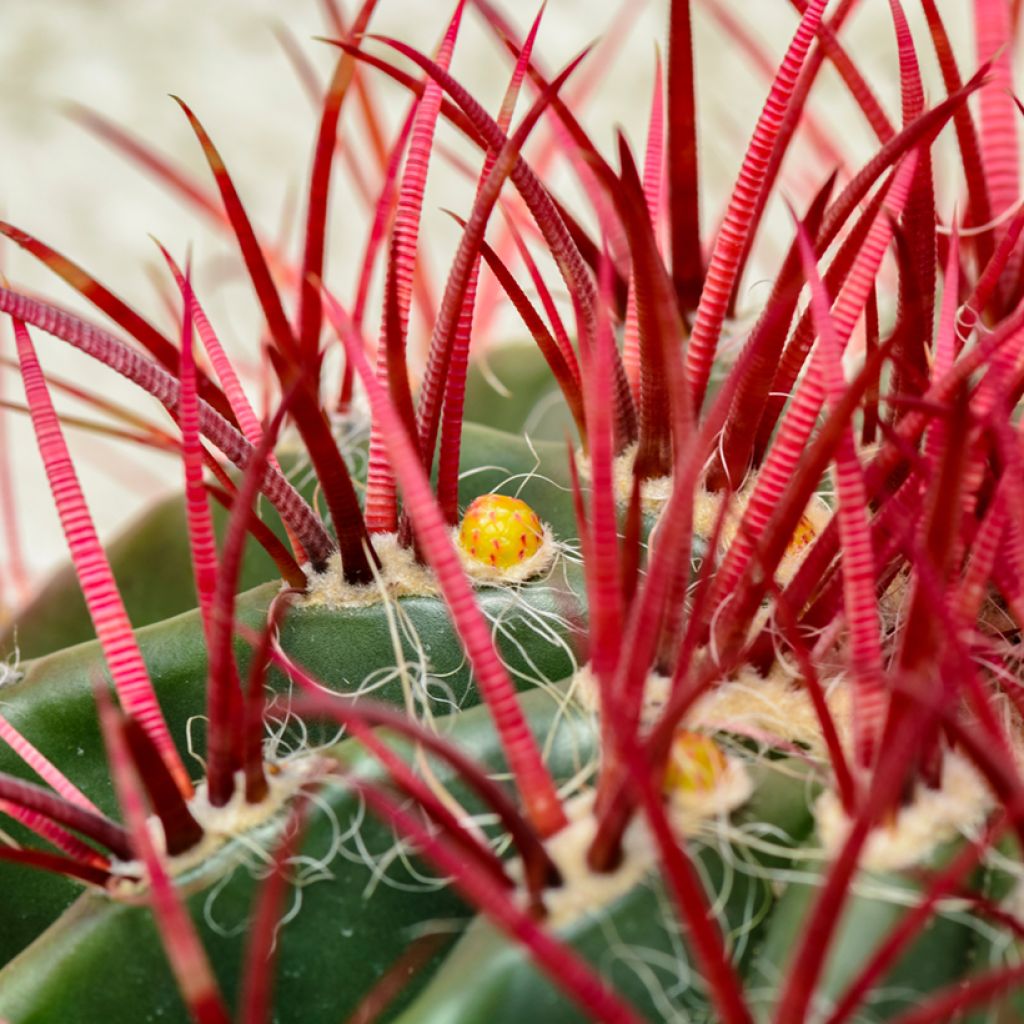

Ferocactus stainesii var. pilosus - Mexican fire barrel cactus
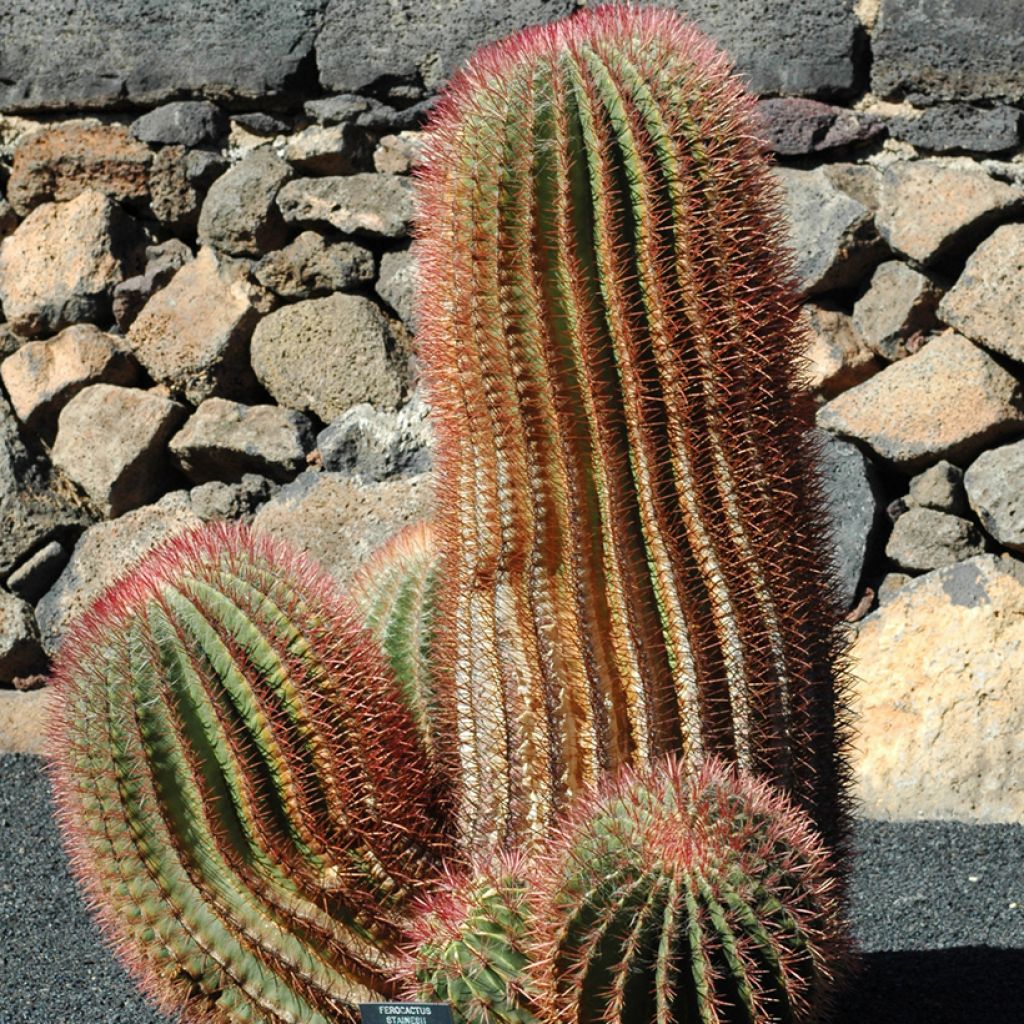

Ferocactus stainesii var. pilosus - Mexican fire barrel cactus
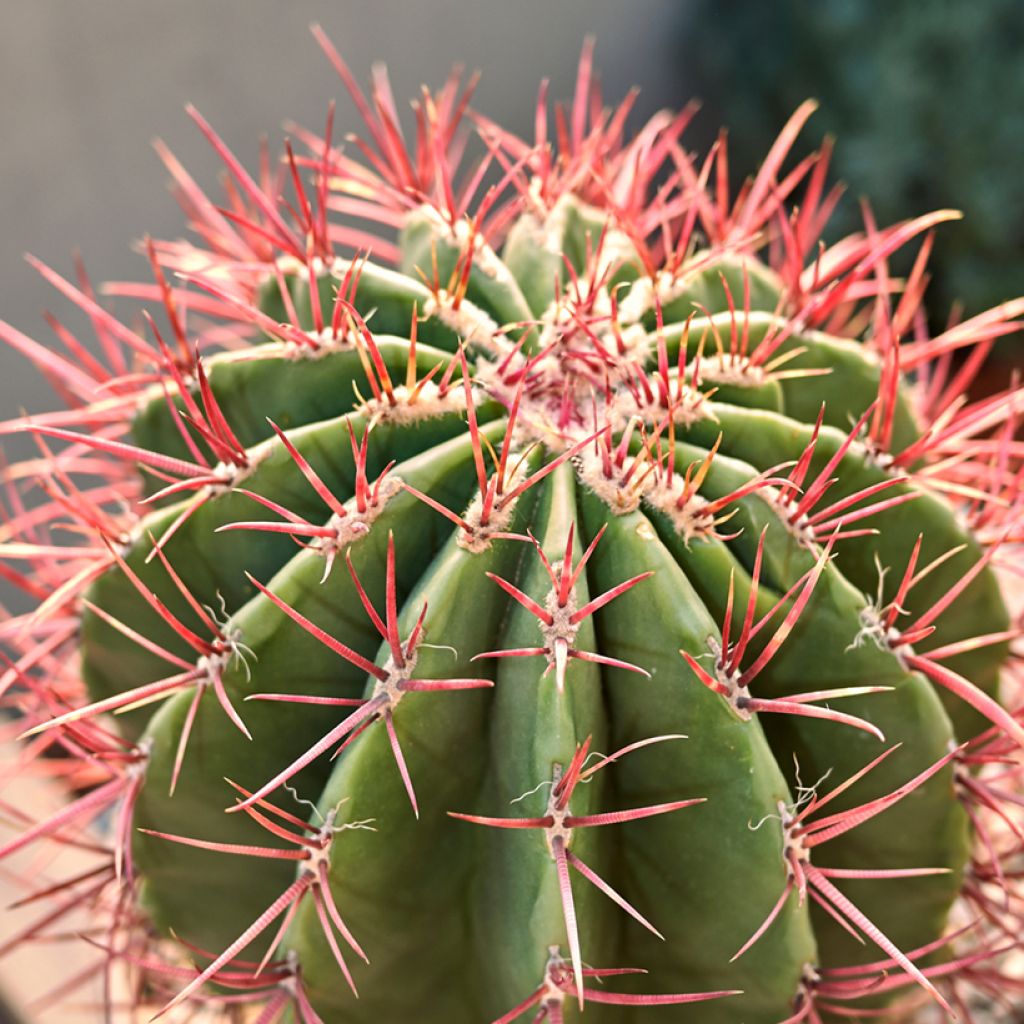

Ferocactus stainesii var. pilosus - Mexican fire barrel cactus
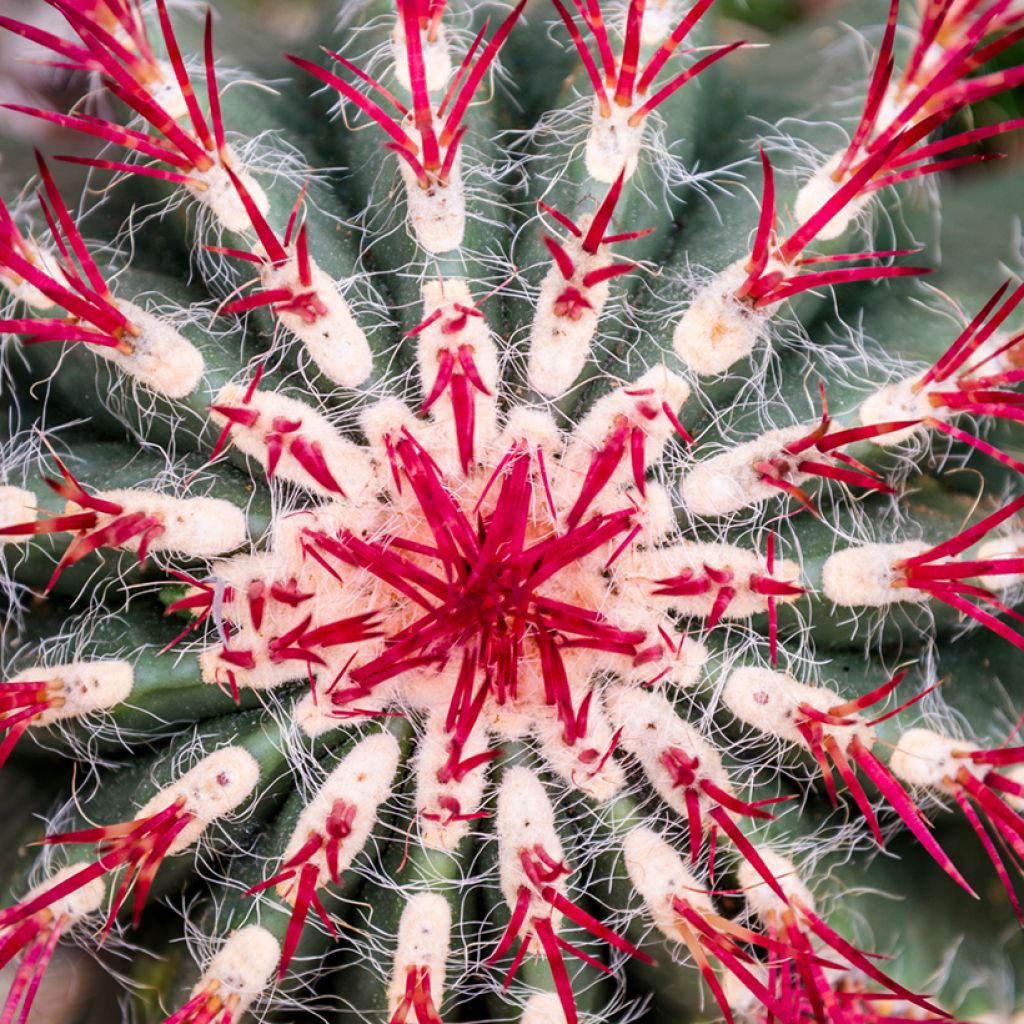

Ferocactus stainesii var. pilosus - Mexican fire barrel cactus
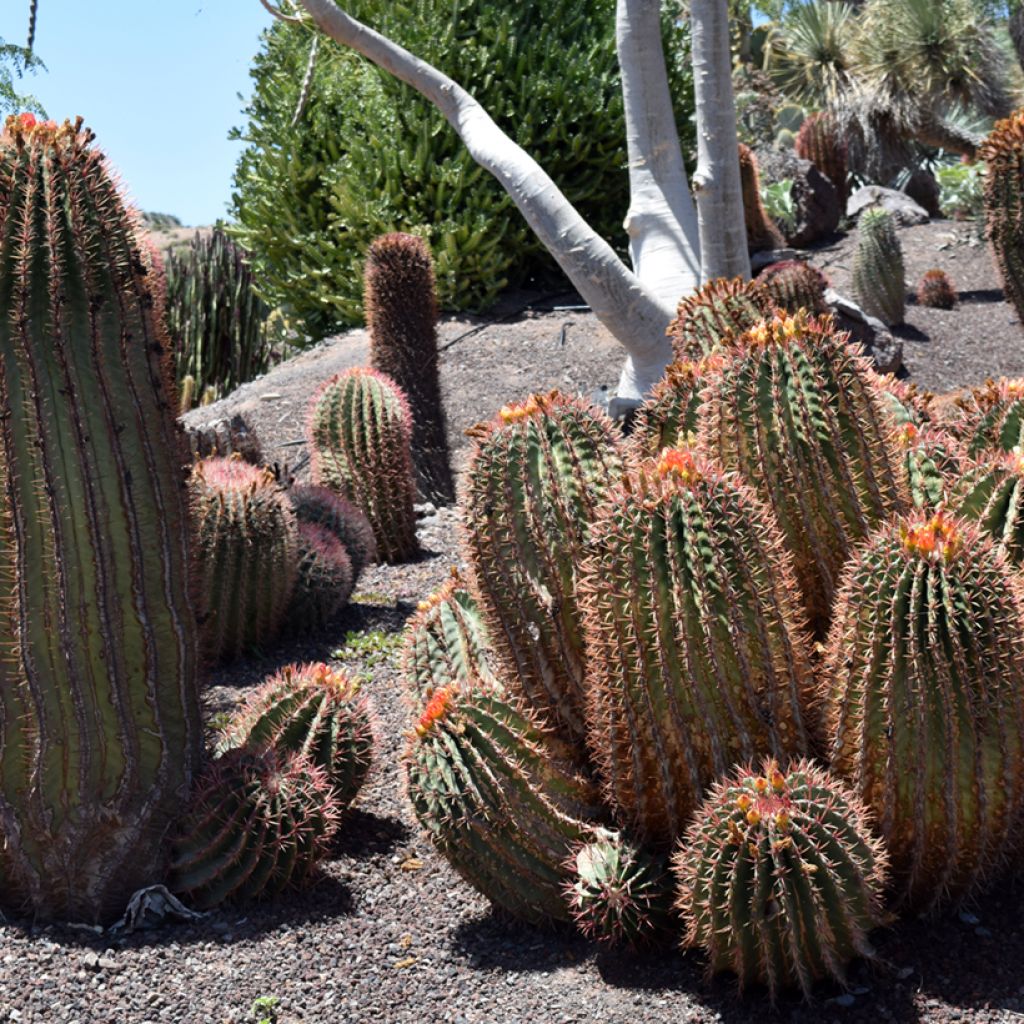

Ferocactus stainesii var. pilosus - Mexican fire barrel cactus
Ferocactus stainesii var. pilosus - Mexican fire barrel cactus
Ferocactus stainesii var. pilosus
Mexican fire barrel cactus
Special offer!
Receive a €20 voucher for any order over €90 (excluding delivery costs, credit notes, and plastic-free options)!
1- Add your favorite plants to your cart.
2- Once you have reached €90, confirm your order (you can even choose the delivery date!).
3- As soon as your order is shipped, you will receive an email containing your voucher code, valid for 3 months (90 days).
Your voucher is unique and can only be used once, for any order with a minimum value of €20, excluding delivery costs.
Can be combined with other current offers, non-divisible and non-refundable.
Home or relay delivery (depending on size and destination)
Schedule delivery date,
and select date in basket
This plant carries a 12 months recovery warranty
More information
We guarantee the quality of our plants for a full growing cycle, and will replace at our expense any plant that fails to recover under normal climatic and planting conditions.
Would this plant suit my garden?
Set up your Plantfit profile →
Description
Ferocactus stainesii var. pilosus is a cactus native to the semi-desert regions of Mexico. This variety is recognisable by its long, bright red thorns and its hairy appearance, due to an abundance of fine white bristles. Becoming columnar with age, it can reach several metres in height when planted in the ground. Well-suited to dry gardens and exotic rockeries, this Ferocactus can also be grown in pots on a terrace or in a greenhouse. Moderately hardy (-6°C), it requires protection against moisture in winter.
Ferocactus stainesii var. pilosus belongs to the Cactaceae family. Native to northern Mexico, the species is found in the states of Coahuila, Durango, Nuevo León, San Luis Potosí, Tamaulipas and Zacatecas, where it thrives on semi-desert limestone rocky hills. This cactus has a globular habit, eventually becoming columnar, reaching 2 to 3 m in height when planted in the ground, with a diameter of 30 to 50 cm. In pots, its size remains more modest, generally around 1 m in height. The growth of this species is slow. The fleshy stems are dark green, composed of 13 to 20 well-defined, slightly wavy ribs. The areoles, located on these ribs, are close together and almost touching in older specimens. The six to twelve central thorns are robust, slightly curved and measure up to 5 cm long. They are initially bright red or purple, then become yellowish with age. The radial thorns are often reduced to long whitish hairs, giving the plant its characteristic "furry" appearance. The flowering, which occurs in summer, takes the form of bell-shaped, orange flowers, measuring up to 4 cm long and 2.5 cm in diameter, arranged in a circle around the top of the plant. If conditions are right, yellow, ovoid, 3 to 4 cm long edible fruits will form. This cactus flowers quite easily outdoors if planted in full sun in well-drained soil that remains fairly dry in winter. Indoors, place it in a cool room near a south-facing window in winter and reduce watering to respect its dormancy period. A temperature difference between day and night stimulates flowering, as does slight water stress in spring before resuming watering.
This species is used by some local populations as a source of water and food for livestock, particularly goats, in the semi-desert regions of Mexico.
Ferocactus stainesii var. pilosus can be grown in the ground in a true Mediterranean climate, where frosts are rare and mild. It can also be planted in a pot that is wider than it is deep, taken outside during summer and brought back indoors in autumn to a bright, unheated room. This "ferocious cactus" makes a striking focal point in an arid garden. Planted on a bed of light gravel, it evokes the ruggedness of Mexican landscapes. Pair it with Agave 'Kikijokan' , which resembles a large spiny artichoke, and with Dasylirion longissimum, whose fine cascading leaves soften its rigid habit. To add a floral touch to the scene, choose Echinocereus rigidissimus ‘Rubrispinus’, for example, with its pearly pink flowers.
Ferocactus stainesii var. pilosus - Mexican fire barrel cactus in pictures




Flowering
Foliage
Plant habit
Botanical data
Ferocactus
stainesii var. pilosus
Cactaceae
Mexican fire barrel cactus
Ferocactus pilosus, Echinocactus pilosus
North America
Other Cacti and succulents
View all →Planting and care
Ferocactus stainesii var. pilosus is a cactus that can only be grown outdoors in mild Mediterranean climates, due to its sensitivity to cold and damp. It can withstand temperatures as low as -6°C in dry soil.
This variety is cultivated in pots elsewhere. Use a wide container with drainage holes, filled with a substrate specially designed for cacti. Place the plant in full sun. Water regularly from March to October, ensuring the substrate dries out completely between waterings. As autumn approaches, gradually reduce watering until stopping completely in winter, when the cactus should be kept dry.
It is a good idea to bring this cactus indoors at the first sign of cold weather, placing it in a bright, unheated spot. In heated indoor conditions, a light watering every three to four weeks may be necessary to prevent excessive drying out. Under these conditions, the plant may struggle to flower.
In open ground: plant it in well-drained, rocky soil, exposed to full sun. Once established, it requires little watering, relying on natural rainfall. Pruning is not necessary. However, if parts of the plant are damaged or diseased, it is advisable to remove them with clean, sharp tools.
Always handle with care due to its sharp thorns.
Planting period
Intended location
Care
Planting & care advice
This item has not been reviewed yet - be the first to leave a review about it.
Haven't found what you were looking for?
Hardiness is the lowest winter temperature a plant can endure without suffering serious damage or even dying. However, hardiness is affected by location (a sheltered area, such as a patio), protection (winter cover) and soil type (hardiness is improved by well-drained soil).

Photo Sharing Terms & Conditions
In order to encourage gardeners to interact and share their experiences, Promesse de fleurs offers various media enabling content to be uploaded onto its Site - in particular via the ‘Photo sharing’ module.
The User agrees to refrain from:
- Posting any content that is illegal, prejudicial, insulting, racist, inciteful to hatred, revisionist, contrary to public decency, that infringes on privacy or on the privacy rights of third parties, in particular the publicity rights of persons and goods, intellectual property rights, or the right to privacy.
- Submitting content on behalf of a third party;
- Impersonate the identity of a third party and/or publish any personal information about a third party;
In general, the User undertakes to refrain from any unethical behaviour.
All Content (in particular text, comments, files, images, photos, videos, creative works, etc.), which may be subject to property or intellectual property rights, image or other private rights, shall remain the property of the User, subject to the limited rights granted by the terms of the licence granted by Promesse de fleurs as stated below. Users are at liberty to publish or not to publish such Content on the Site, notably via the ‘Photo Sharing’ facility, and accept that this Content shall be made public and freely accessible, notably on the Internet.
Users further acknowledge, undertake to have ,and guarantee that they hold all necessary rights and permissions to publish such material on the Site, in particular with regard to the legislation in force pertaining to any privacy, property, intellectual property, image, or contractual rights, or rights of any other nature. By publishing such Content on the Site, Users acknowledge accepting full liability as publishers of the Content within the meaning of the law, and grant Promesse de fleurs, free of charge, an inclusive, worldwide licence for the said Content for the entire duration of its publication, including all reproduction, representation, up/downloading, displaying, performing, transmission, and storage rights.
Users also grant permission for their name to be linked to the Content and accept that this link may not always be made available.
By engaging in posting material, Users consent to their Content becoming automatically accessible on the Internet, in particular on other sites and/or blogs and/or web pages of the Promesse de fleurs site, including in particular social pages and the Promesse de fleurs catalogue.
Users may secure the removal of entrusted content free of charge by issuing a simple request via our contact form.
The flowering period indicated on our website applies to countries and regions located in USDA zone 8 (France, the United Kingdom, Ireland, the Netherlands, etc.)
It will vary according to where you live:
- In zones 9 to 10 (Italy, Spain, Greece, etc.), flowering will occur about 2 to 4 weeks earlier.
- In zones 6 to 7 (Germany, Poland, Slovenia, and lower mountainous regions), flowering will be delayed by 2 to 3 weeks.
- In zone 5 (Central Europe, Scandinavia), blooming will be delayed by 3 to 5 weeks.
In temperate climates, pruning of spring-flowering shrubs (forsythia, spireas, etc.) should be done just after flowering.
Pruning of summer-flowering shrubs (Indian Lilac, Perovskia, etc.) can be done in winter or spring.
In cold regions as well as with frost-sensitive plants, avoid pruning too early when severe frosts may still occur.
The planting period indicated on our website applies to countries and regions located in USDA zone 8 (France, United Kingdom, Ireland, Netherlands).
It will vary according to where you live:
- In Mediterranean zones (Marseille, Madrid, Milan, etc.), autumn and winter are the best planting periods.
- In continental zones (Strasbourg, Munich, Vienna, etc.), delay planting by 2 to 3 weeks in spring and bring it forward by 2 to 4 weeks in autumn.
- In mountainous regions (the Alps, Pyrenees, Carpathians, etc.), it is best to plant in late spring (May-June) or late summer (August-September).
The harvesting period indicated on our website applies to countries and regions in USDA zone 8 (France, England, Ireland, the Netherlands).
In colder areas (Scandinavia, Poland, Austria...) fruit and vegetable harvests are likely to be delayed by 3-4 weeks.
In warmer areas (Italy, Spain, Greece, etc.), harvesting will probably take place earlier, depending on weather conditions.
The sowing periods indicated on our website apply to countries and regions within USDA Zone 8 (France, UK, Ireland, Netherlands).
In colder areas (Scandinavia, Poland, Austria...), delay any outdoor sowing by 3-4 weeks, or sow under glass.
In warmer climes (Italy, Spain, Greece, etc.), bring outdoor sowing forward by a few weeks.


































